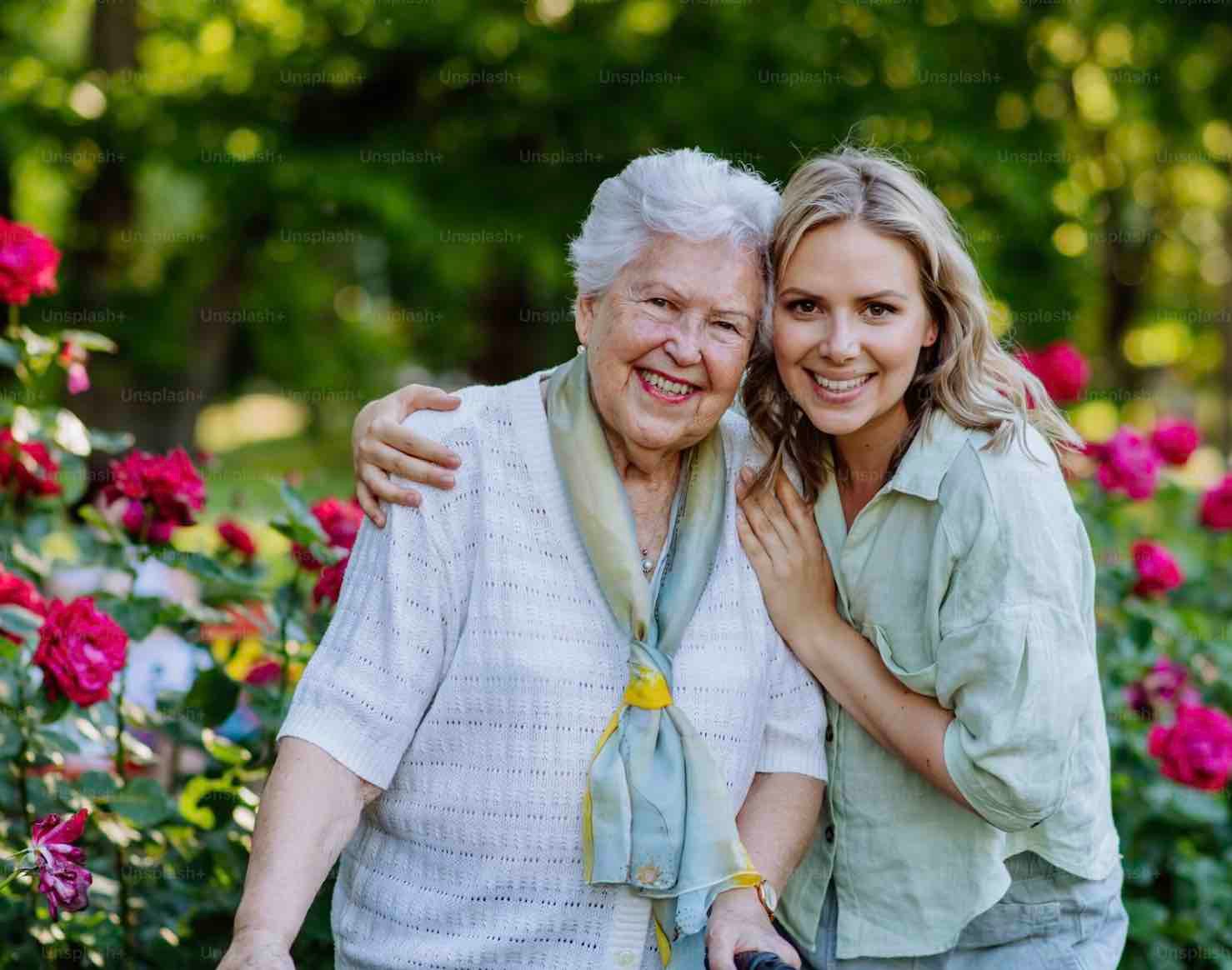The Basics of a Survivorship Plan
No one wants to confront a situation where their parent has been diagnosed with cancer. For older children whose parents are senior citizens, this situation can feel scary and intimidating. Questions around caregiving begin to swirl,
and the trials and tribulations associated with treatment begin to take center stage. This is the moment where survivorship plans become a valuable, must-have resource.
A survivorship plan is a tailored roadmap designed to support cancer survivors in their journey after treatment. Survivor ship plans directly address the physical, emotional, and practical needs of a patient in order to enhance long-term health and quality of life. For seniors and their caregivers seeking in-home senior care, understanding survivorship plans is crucial for ensuring comprehensive, compassionate care post-cancer treatment. We’ve created this brief overview to help you better understand what is involved in the creation of a survivorship plan and why having one is such a great idea.
Understanding Survivorship Plans
A survivorship plan, or survivorship care plan, is a personalized document created by a patient’s oncology team, often in collaboration with primary care providers and in-home caregivers. It serves as a detailed guide for life after cancer, summarizing the patient’s medical history and outlining strategies for ongoing wellness. For seniors, who may face unique challenges like age-related health conditions, a survivorship plan is a vital tool to maintain independence and well-being at home.The plan typically includes two core components:
- Treatment Summary: This section details the survivor’s cancer diagnosis (e.g., type and stage), treatments received (such as chemotherapy, radiation, or surgery), and any side effects or complications experienced. For seniors receiving in-home care, this ensures caregivers are informed about the medical history, enabling them to provide targeted support.
- Follow-Up Care Plan: This forward-looking component outlines a schedule for monitoring cancer recurrence, managing long-term side effects, and promoting overall health. It includes recommendations for screenings, follow-up appointments, and lifestyle changes like nutrition or exercise, which are critical for seniors aiming to stay healthy at home.
Why Survivorship Plans Matter for Seniors
With over 18 million cancer survivors in the U.S. as of recent data, and many being seniors, survivorship plans address the unique needs of this growing population. Seniors often face additional health concerns, such as mobility issues, heart conditions, or cognitive changes, which can complicate post-cancer recovery. A survivorship plan helps by:
- Monitoring Health Risks: Regular screenings and tests outlined in the plan help detect cancer recurrence or secondary cancers early, allowing in-home caregivers to coordinate timely medical interventions.
- Managing Side Effects: Late effects like fatigue, neuropathy, or osteoporosis are common in senior cancer survivors. The plan provides guidance on managing these, which caregivers can integrate into daily routines, such as medication reminders or physical therapy exercises.
- Supporting Emotional Well-Being: Anxiety or fear of recurrence can be significant for seniors. Survivorship plans often recommend counseling or support groups, which in-home care teams can facilitate through virtual sessions or community connections.
- Promoting Holistic Care: Plans emphasize lifestyle changes, like heart-healthy diets or gentle exercise, which in-home caregivers can support through meal prep or mobility assistance, tailored to a senior’s needs.
The Role of In-Home Senior Care
In-home senior care complements survivorship plans by providing personalized support in the comfort of home. Caregivers can assist with:
- Medical Coordination: Scheduling and transporting seniors to follow-up appointments or screenings.
- Daily Support: Helping with medication management, meal planning, or light exercise to align with the plan’s recommendations.
- Emotional Care: Offering companionship to ease feelings of isolation or anxiety, a common concern for senior cancer survivors.
- Practical Assistance: Addressing financial or insurance challenges by connecting seniors with resources or social workers, as suggested in the plan.
Partnering with In-Home Care for Survivorship Success
A survivorship plan empowers seniors to navigate life after cancer with confidence, and in-home senior care amplifies its impact by delivering tailored, compassionate support. By integrating the plan’s recommendations into daily care, caregivers ensure seniors maintain their health, independence, and peace of mind at home. For expert in-home senior care that aligns with your survivorship plan, contact the team at Valley Home Care today to learn how we can support your journey to wellness.

